
Wild Animals Have Social Bubbles
By Jack y Natalie Ewing
When 2019 came to an end, the world had not put the words “Social” and “Distancing” or “Social” and “Bubble” together. In less than six months, most of the world has adapted in one way or another to prudent social distancing and to stay within our social or family bubble. The practice of staying near home within one´s territory, and socialize only with close family members, is something that wildlife does all of the time.
The collared peccary marks their territories and live in small herds that rarely exceed 15 individuals. Troops of monkeys are about the same size, and also territorial. Puma males, females, and grown cubs are seen alone and always within their territory. For all three of these species, the boundary defines the limits of the “Social Bubbles.” All wild animals have some form of “Social Bubble,” and seldom do you see a sick one.
About 15 years ago, before the coastal highway was built, there was a roadside fruit stand north of the Barú River bridge. Coatis started hanging around there, at first eating discarded fruit, and later an occasional banana that the owner or a customer would feed it. People learned that they could see them there and bought bananas to feed them. Large numbers of coatis got into the habit of going to the location to get fed. The lure of free food was too much, and all social distancing was forgotten. It wasn’t unusual to see as many as 50 coatis at a time feeding or begging for food.

After a couple of months, some of the coatis started looking sickly, and a month after that, they were all dead, as a consequence of leaving their “Social Bubbles”
Especially the South of Costa Rica is known for its great natural beauty. Many family groups are getting together, enjoying flora and fauna of our beautiful country, yet remaining safely within their social bubbles.
Ecological tourism allows us to experience the jungle, wildlife, and ample space to enjoy worry free recreation. There are big parks and the beach for hiking, small hotels, and plenty of space.
Visit Hacienda Barú, Costa Ballena, and Osa! While you nurture your soul, we look after your health!
Our doors are open!
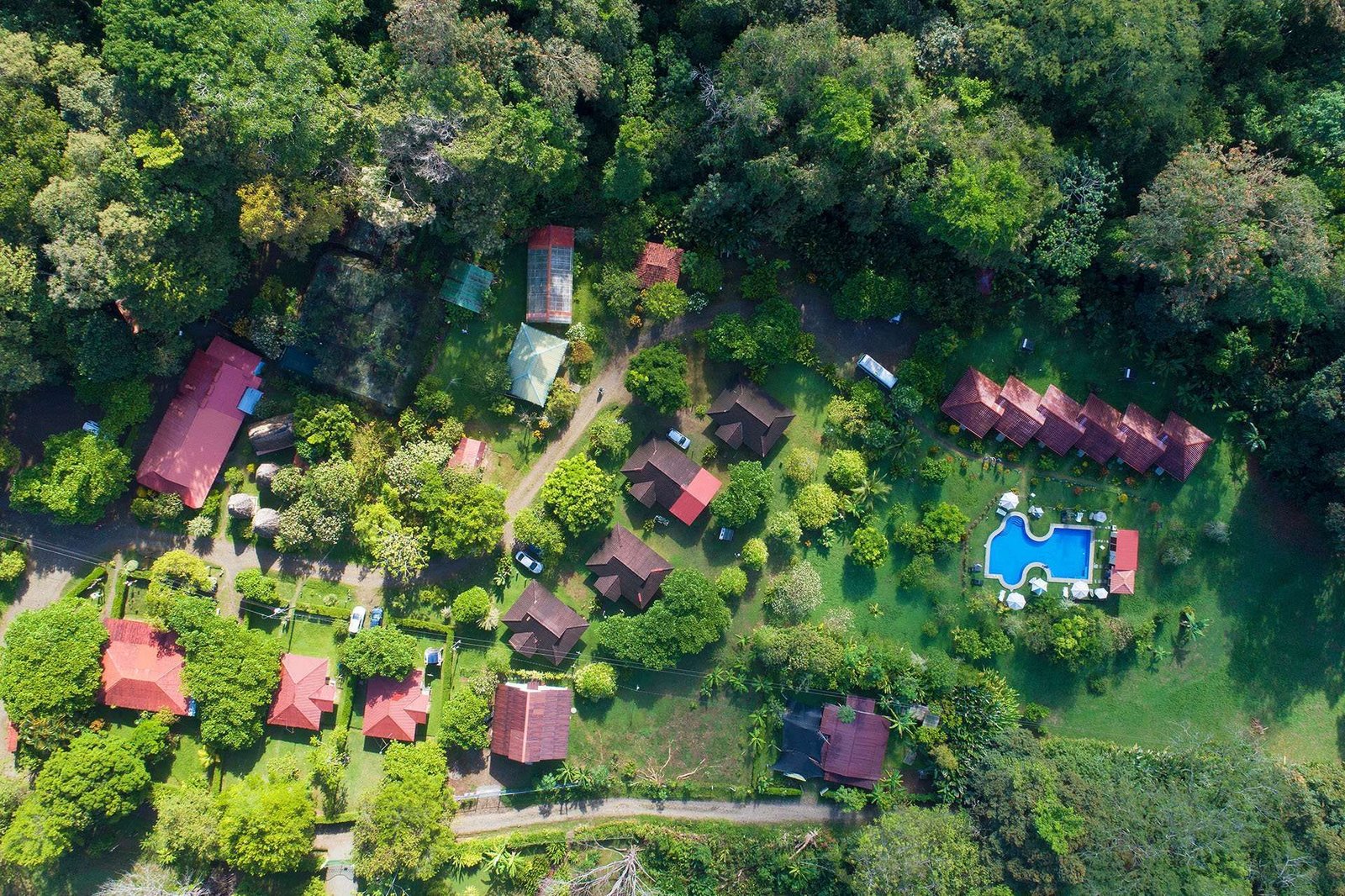
What to do, Where to eat and Where to stay…
South Pacific Costa Rica Beaches
Looking for business directories, maps or other printouts? We’ve got that too!
Dare to Discover and Enjoy…
Check out…
Need help planning your next trip to Costa Rica? We look forward to help you!
Email: carlos@ballenatales.com
Phone: +(506) 8946 7134 or +(506) 8914 1568
Skype: ballenatalestravel

Busting Myths About Costa Rica Destination, Free Costa Rica Magazine #99
We’ve recently seen misinformation circulating suggesting that Costa Rica is an expensive destination.
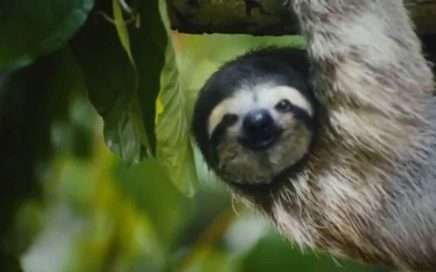
Debunking myths about Costa Rica’s South Pacific destination
There is false information circulating that suggests the South Pacific Costa Rica is an expensive destination
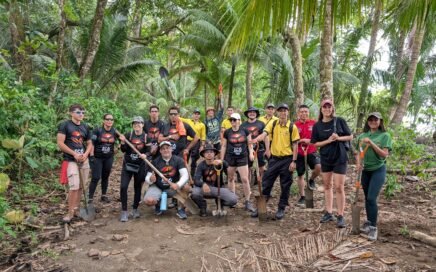
Beach Clean Up in Uvita: Community Spirit in Action at Marino Ballena National Park
Beach Clean Up in Uvita Community Spirit in Action at Marino Ballena National Park Author: Sophie Schindler
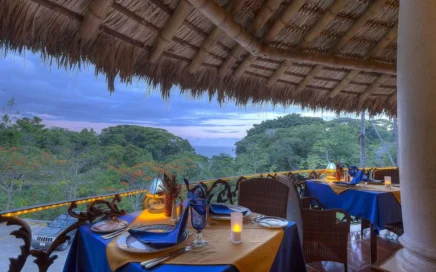
Costa Rica’s First 100% Gluten-Free Gourmet Restaurant
Costa Rica’s First 100% Gluten-Free Gourmet Restaurant La Palapa Restaurant: Indulgence Without Compromise Travelers come to Costa Rica seeking nature, adventure – and memorable dining. At Cuna del Ángel, a boutique hotel nestled in the […]

Adventure Begins Where Comfort Ends: Our Rain-Soaked Snorkeling Tour to Caño Island
What I Learned from Traveling in the Rain or Why a Plastic Cape Can Teach Humility Our Snorkeling Tour to Caño Island
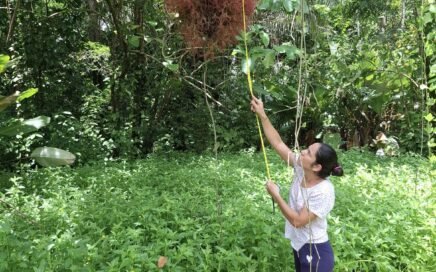
Increasing Biodiversity in the Path of the Tapir Biological Corridor
The area including the Path of the Tapir Biological Corridor in Costa Rica, is one of the few places with increasing biodiversity.



